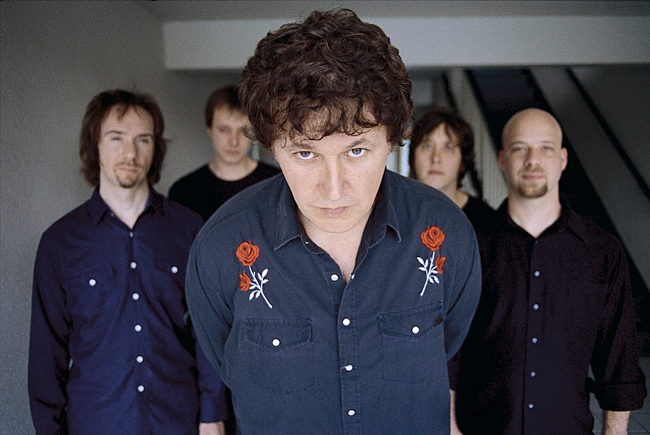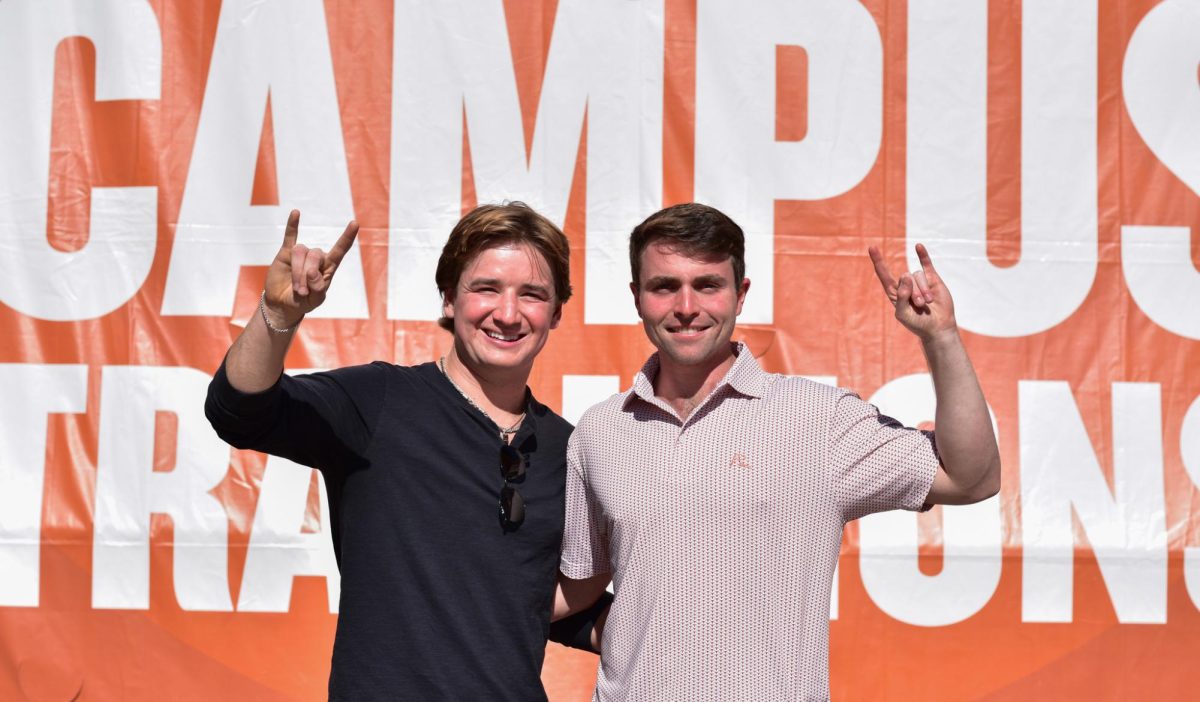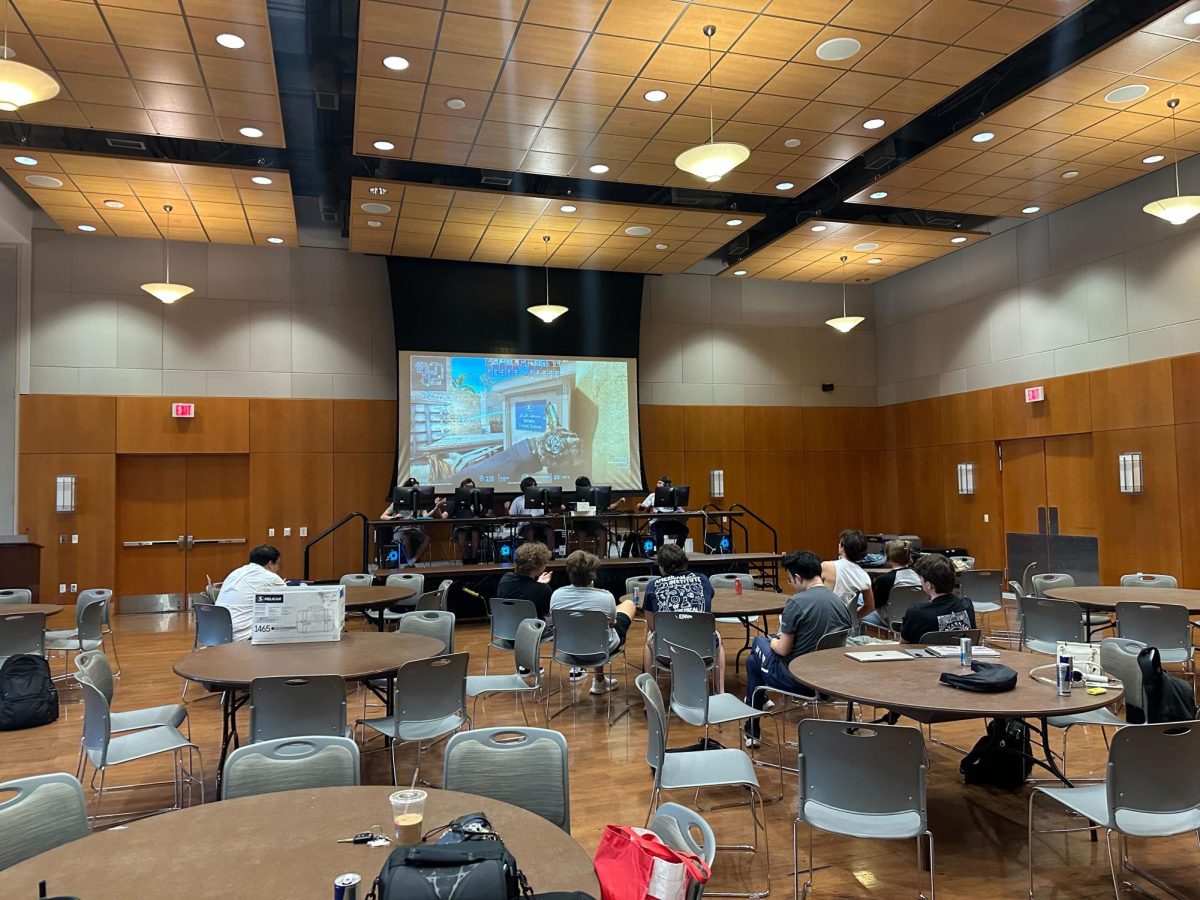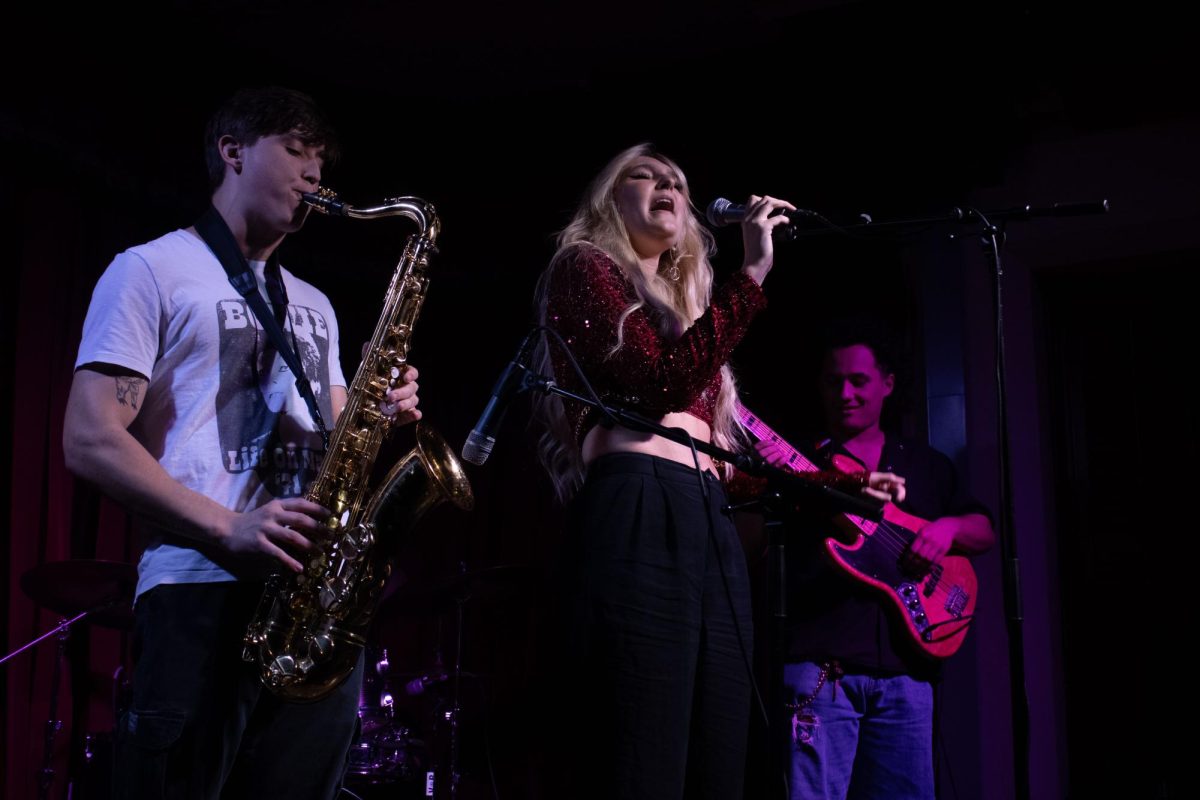Disregarding its seven-year break from 2004 to 2010, Guided By Voices is one of the most prolific and hardworking indie bands in recent history. The band put out three full-length albums in 2012, and Down By The Racetrack, a recently released EP, brings them to 40 releases in total. Sole original member, lead vocalist and songwriter Robert Pollard is a music machine — he’s written over 1,500 songs, and surprisingly, almost half of them are good. The band is well known in indie rock circles and is credited with being one of the first major bands, like Pavement, to incorporate the garage/lo-fi sound that is currently growing in popularity.
Running nine minutes and 36 seconds, the EP’s six songs contrast heavily in styles. The first song, “It Travels Faster Through Thin Hair,” highlights the band’s tendency to use strange strum patterns with seemingly out-of-tune guitar strings to create a discordant tension while Pollard offers his chirping Neil Young-esque nasal hums. The muffling guitar prepares the listener for the lo-fi feel of the album, buzzing heavily like a blown-out ear bud, reminiscent of the band’s early ‘90s album Sunfish Holy Breakfast.
The second song, “Pictures of the Man,” picks up the pace, offering a splashing analog drum kit and some sort of strange choir providing backup vocals. The chorus, in the tradition of Pollard’s songwriting, is a boring repetition of the song title that leaves much to be desired. Because of the sheer output of Pollard’s writing, on every Guided By Voices album there are at least three or four misses, and this album is no exception. Although the song is the longest on the EP, the musical and lyrical simplicity could cause quite a few skips to the better “Amanda Gray.”
“Amanda Gray” sounds like it could easily fit into the Beatles’ song catalog. Over the semi-orchestral, gradually descending violin riff, Pollard’s double-tracked harmonic vocals offer a soft, balladic poem similar to 2000’s “Learning To Hunt,” from the “Crime and Punishment in Suburbia” sound track.
The real standout of the album is “Copy Zero,” with a popping snare under a continuous, reverberating two-chord melody polished off by minimal, whispering guitar leads. Pollard offers wisdom regarding artistic ambitions and creativity within the current music industry, claiming, “Everything is copied, copied.”
Although the EP is not breaking any new ground for the band, it is a concise amalgamation of the different styles it has dabbled in, which makes it great for curious listeners that don’t have time to sort through the band’s other 40 releases. For the old school fans, though, it will serve as a brief, consolatory placeholder before the band’s full length, “English Little League” drops April 30.
True North is LA punk band Bad Religion’s 16th release since its inception in 1979. The album’s 16 songs continue the band’s melodious punk style that emphasizes vocal harmonies and furious guitar solos over fast drums. Many of the vocal parts resemble a choir, with two or three members offering backup vocals in a choir round like on “In Their Hearts is Right.” It’s hard to musically develop in punk music, but True North confirms Bad Religion’s mastery of playing twice as fast as other bands while delivering more meaningful messages.
Toro Y Moi’s third album, Anything In Return, solidifies Chaz Bundick’s place in chill electronic music. The 26-year-old programmer and vocalist somehow makes soft music out of the most cacophonous and industrial sound clips available, reaching a harmonic equilibrium somewhere between Flying Lotus and Nine Inch Nails. Unfortunately, the songs start blending into one large, unorganized mess with virtually no change in tempo. Listeners will probably question if they’ve been listening to the same track on repeat or if Toro Y Moi just uses the same chord progression in every song.


















